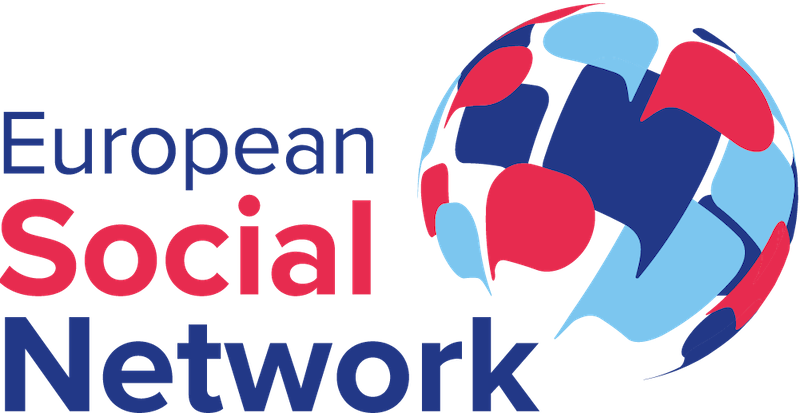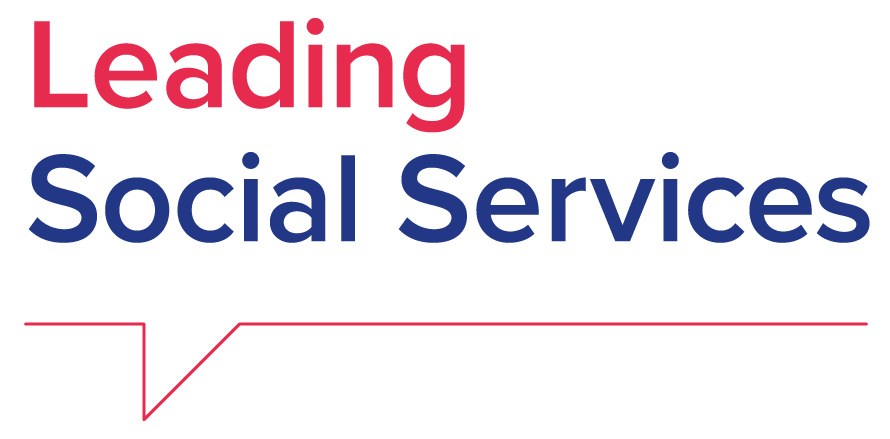Protecting children is everyone’s business and not the sole responsibility of child protection social services. In this video, broadcasted on Romanian national media, Alfonso Lara-Montero, Chief Executive Officer of the European Social Network (ESN), explains why partnerships across Europe are key to enhancing children’s protection across Europe.
Defined by UNICEF as “the prevention of, and response to, exploitation, abuse, neglect, harmful practices and violence against children”, child protection concerns all services working with children and young people. However, to safeguard them effectively and efficiently, public and non-public services must work in cooperation and adopt a rights-based approach.
Furthermore, professionals need the knowledge and tools to respond to the ever-evolving risks and threats to children’s safety and wellbeing, including those related to migration and emerging technologies. Reports of online child sexual abuse, for instance, have increased dramatically in the last decade, reaching more than 1.5 million in 2022 in the EU alone. This means that professionals need to be equipped to respond to new challenges.
It was against this backdrop that ESN organised its 2024 seminar, ‘Protecting Children: Working in Partnership across Children’s Services’. With more than 150 social services professionals, decision-makers, and people with lived experience in attendance, the seminar highlighted a number of key challenges and opportunities within child protection, including fostering greater inter-agency collaboration.
Family-strengthening programmes safeguard children’s rights
The United Nations Convention on the Rights of the Child recognises the family as the natural environment for children to grow up in, and for this reason it should be afforded the necessary protection and assistance. Investing in birth families involves integrating generalist services with programmes targeting those most vulnerable, which can assist in breaking the cycle of disadvantage.
As Jiri Svarc, Head of Unit at the European Commission’s Directorate-General for Employment, Social Affairs and Inclusion, pointed out, “without support poor children will stay poor when they are adults”.
Considering that in 2023 almost a quarter of children in the EU were at risk of poverty or social exclusion, initiatives such as the European Child Guarantee are crucial.
Inter-agency cooperation ensures holistic and optimised outcomes
Likewise, intergenerational trauma and mental health conditions must also be addressed to prevent child-family separation. Mental health conditions remain a concerning factor across the EU, affecting over 11 million children and young people. Collaboration between child protection services and the mental health sector is therefore pivotal, especially when a child or family is identified as being at risk.
Multi-agency coordination and training are vital to keeping children safe, both across authorities at national, regional, and local levels and across thematic fields, such as education and health. For this to happen, protocols must be put in place, clearly defining roles, responsibilities, and processes to ensure that coordination does take place.
The Icelandic Barnahus model is a good example. By gathering professionals from key sectors under one roof, it ensures there is a safe, child-centred multi-disciplinary service available when vulnerable children and young people most need it.
Data collection and impact assessment make for targeted interventions
Importantly, we cannot manage what we cannot measure, which is why monitoring and collection of data are essential. In the EU, for example, the rate of children living in residential care (293 children for every 100,000 children) is much higher than the global average rate, “signalling a system that is failing to keep families together”, according to UNICEF Child Protection Specialist Stela Grigoras.
Although dire, these statistics can assist policymakers in designing responses in line with the population’s actual needs. Moreover, quantifying the impact of implemented policies according to a set of indicators can contribute to significant mutual learning and exchange of good practice.
Working together guarantees continuous and consistent protection
From design to delivery and beyond, all services and professionals have a distinctive contribution to make to keeping children safe from harm and ensuring they can realise their full potential. They cannot do this, however, if they work in silos.
Legal frameworks for partnership between child protection and other children’s services do exist. For example, 81% of respondents to a recent ESN survey reported their existence in their countries.
Integrating these with formal protocols, enhanced communication, cross-functional training, and a culture of shared responsibility and mutual trust is the way forward to provide children and young people with a continuum of high-quality care.
ESN will publish a comprehensive briefing reflecting on the findings from the ESN questionnaire, research, and the discussions held at the seminar before the end of the year. In the meantime, if you are interested in learning more about the role of family strengthening in child protection, join an online session on 14 November 2024 organised by the European Expert Group on the transition from institutional to community-based care (EEG), of which ESN is a founding member; to attend, please register here.


